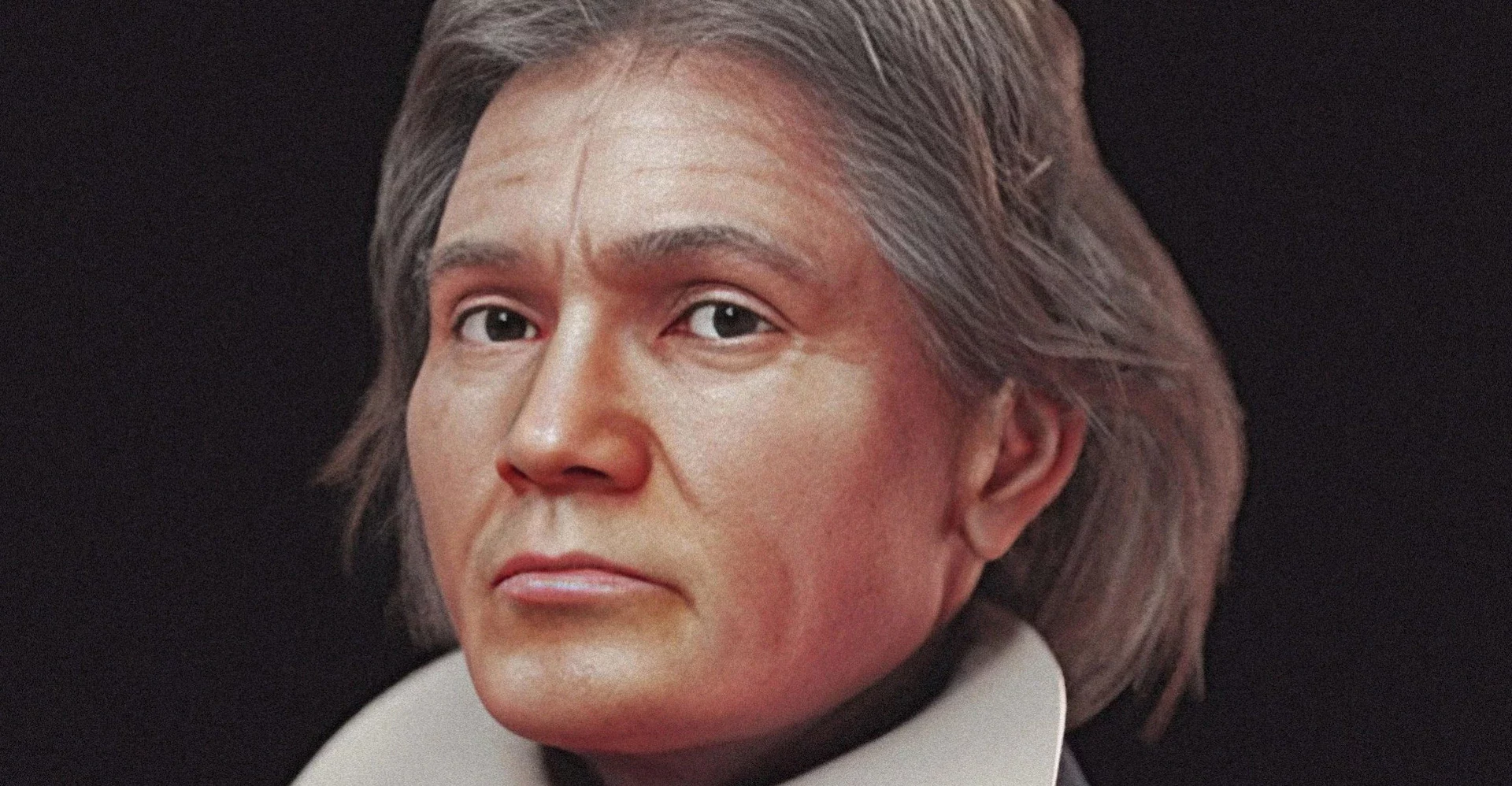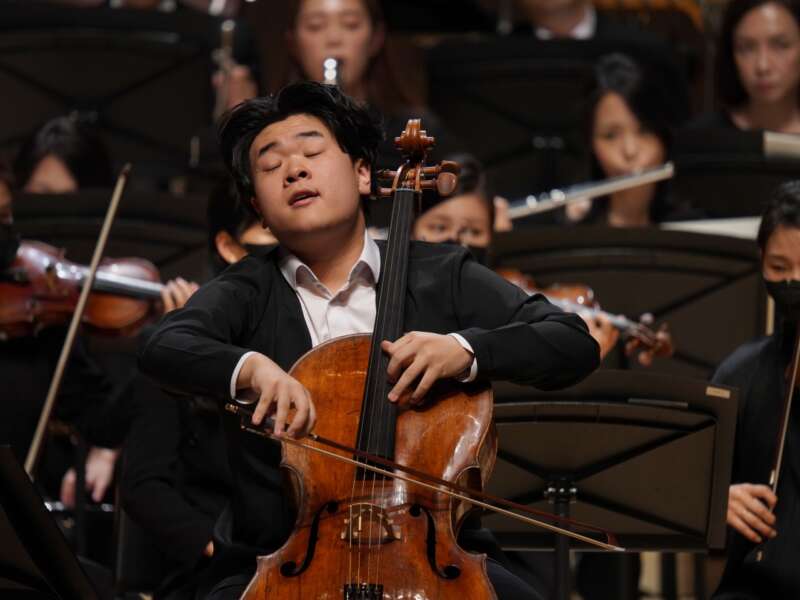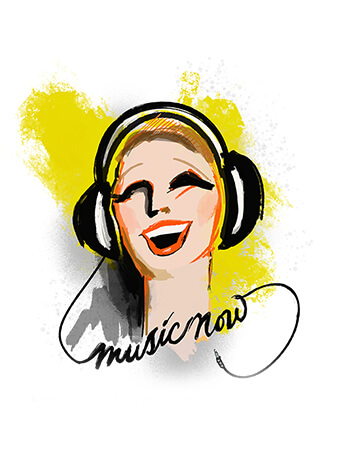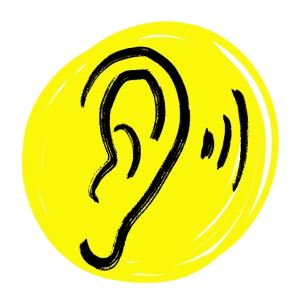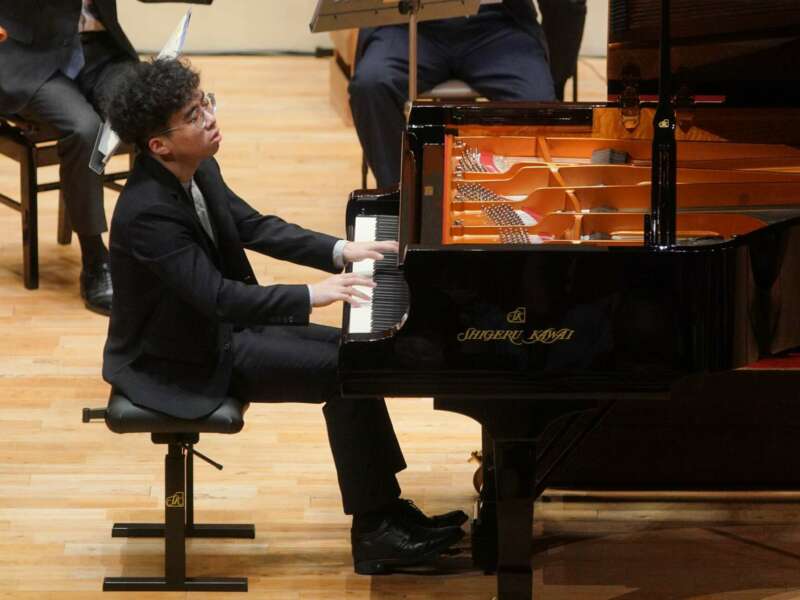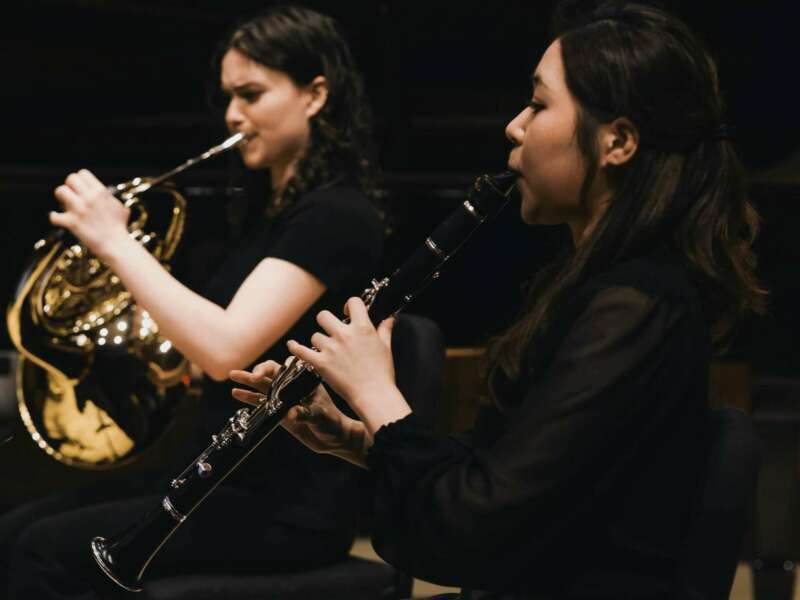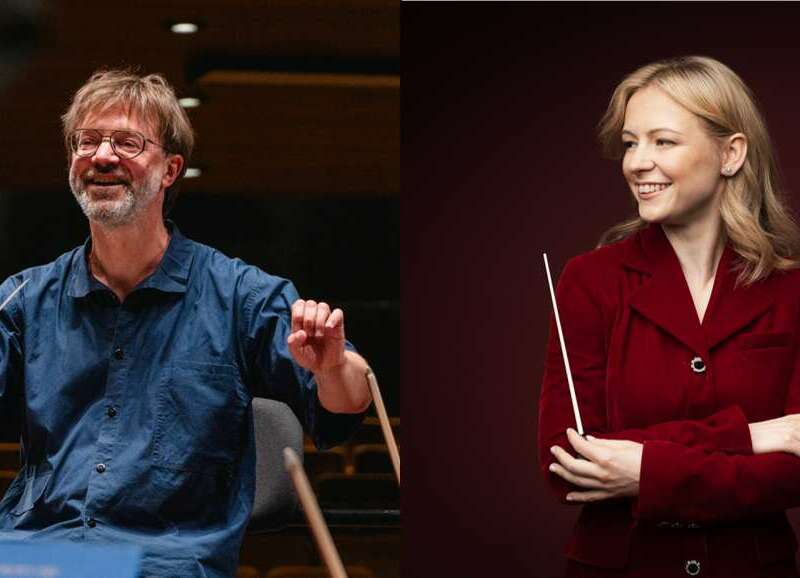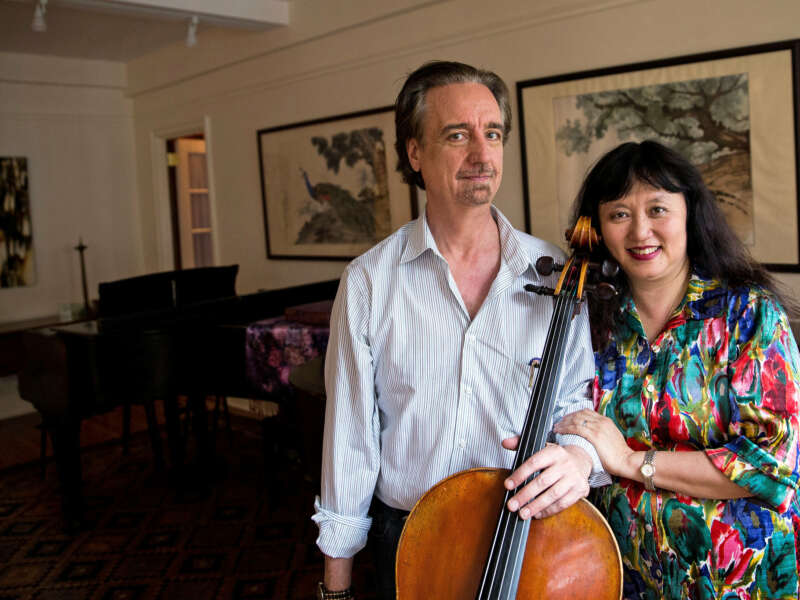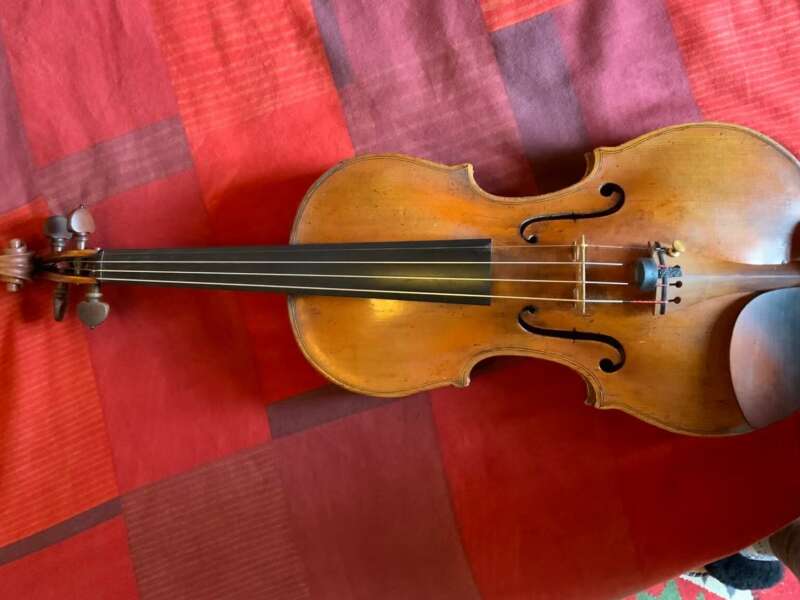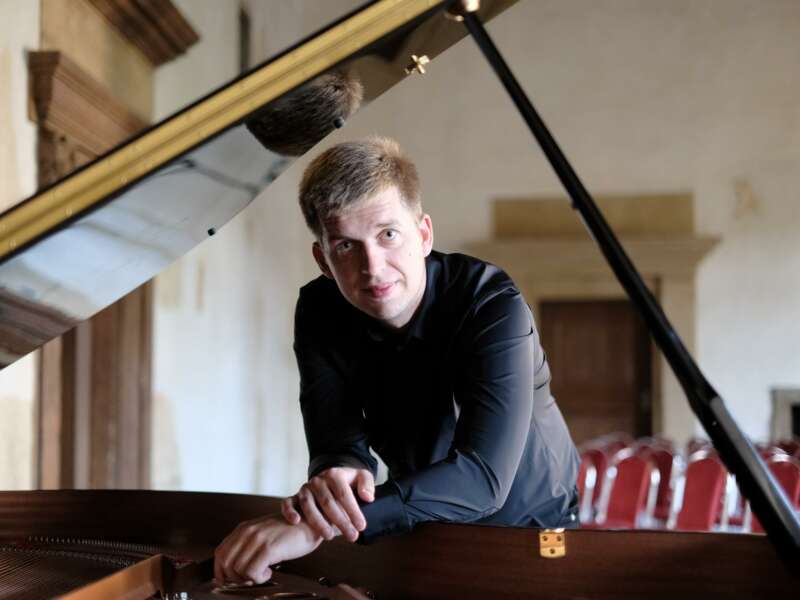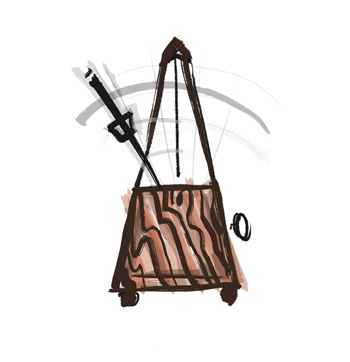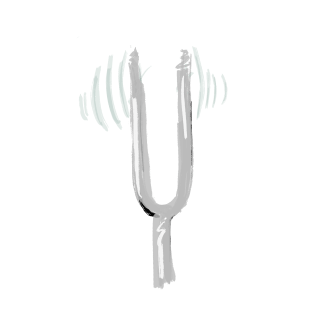Designer Reconstructs Model of Beethoven's Face Based on Photos of his Skull
Cícero Moraes from Brazil used a combination of measurements, as well as soft tissue thickness markers based on data from living Europeans, to produce the images
The Brazilian 3D designer Cícero Moraes, who has previously made facial reconstructions of historical figures such as St Antony of Padua and St Valentine, has recently attempted the same feat with the face of Ludwig van Beethoven — using photos of the composer's skull as his primary data point.
The photos are held by the Beethoven-Haus in Bonn, Germany, and were taken immediately after Beethoven's skull was exhumed in 1863. Moraes combined the data from the images with measurements that were taken in 1888.
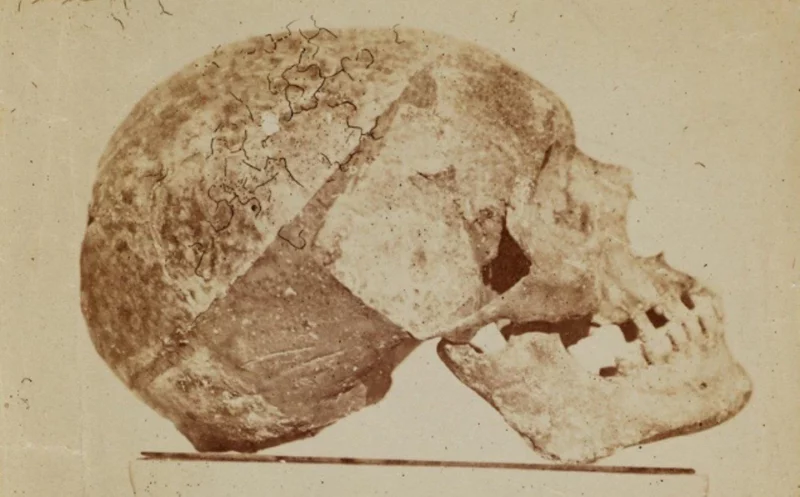
Following the bare measurements, Moraes then used the famous 1820 portrait of Beethoven by Joseph Karl Stieler to add details such as the composer's clothes and hair.
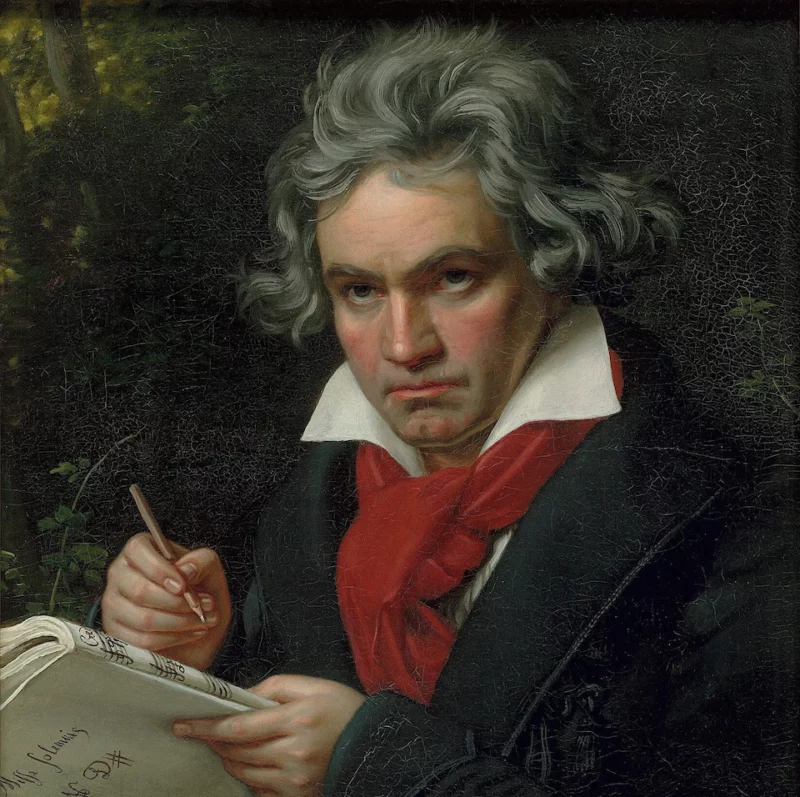
Stieler's 1820 portrait
The reconstruction represents a best approximation of what Beethoven's physical appearance might have been like — though other details, such as his emotional temperament and the way this was communicated through his facial expressions, cannot be accessed through this kind of work.

"This is the first facial approximation made from his skull," Moraes said. "I used the same approach we use in police cases to identify victims. It is also the first to do a meta-analysis addressing his height of 162-166cm (5ft 3-4in)."
"I then added soft tissue thickness markers based on data from living Europeans, projected the nose, and traced the facial profile. I interpolated all these projections to form the basic face."
june 2025
july 2025


